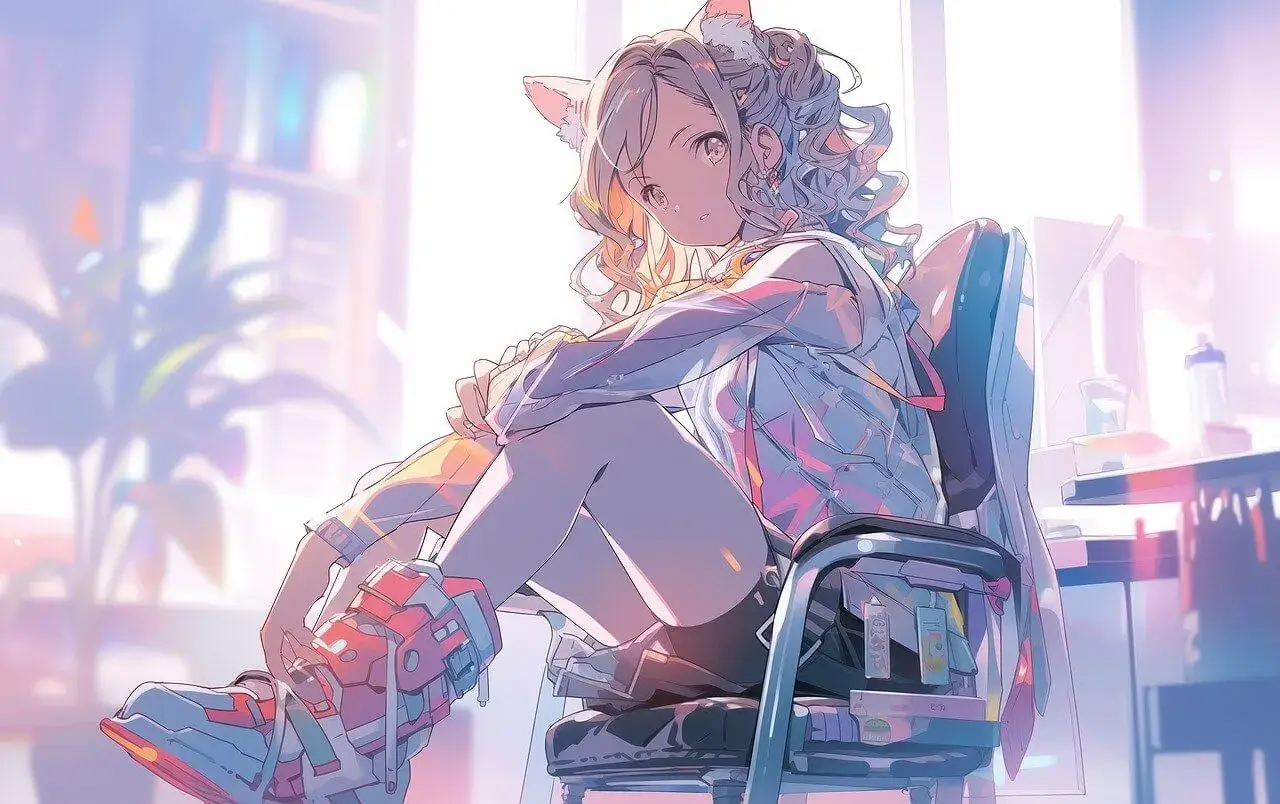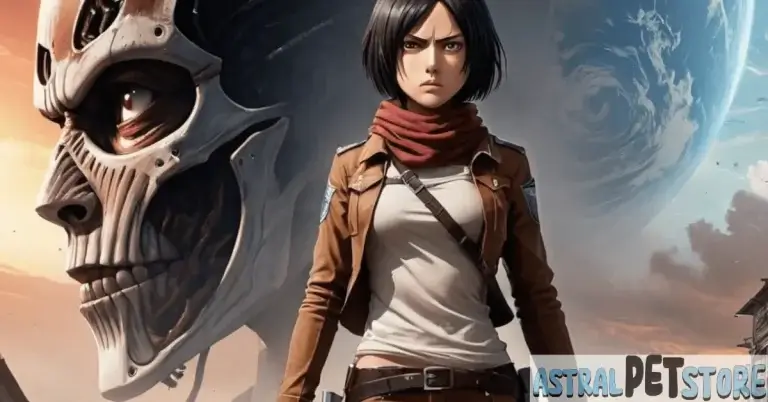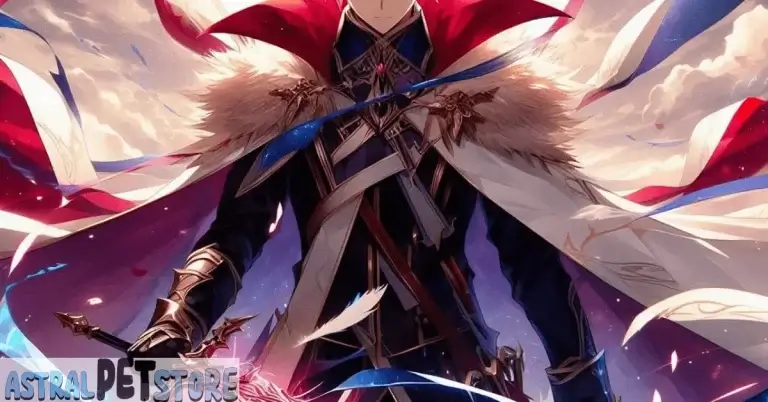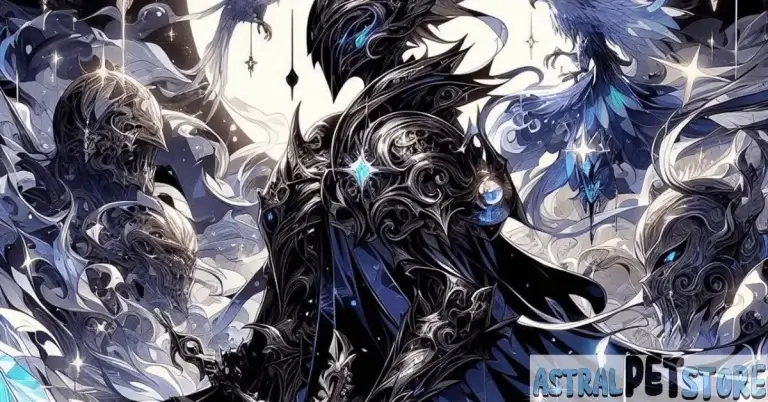The History and Evolution of Manga

Definition of Manga
Manga is a Japanese term that refers to comics or graphic novels characterized by their unique art style and storytelling techniques. Unlike traditional Western comics, which often focus on superheroes, manga covers many genres, including action, romance, fantasy, horror, and slice-of-life.
Manga is typically read from right to left, following the traditional Japanese reading direction. The art style varies widely but is often recognized by its detailed character designs and expressive faces.
Manga can be serialized in magazines before being collected into volumes known as tankōbon. The appeal of manga lies in its ability to cater to all age groups and interests, making it a versatile medium in Japan and worldwide.
Origins of the Term “Manga”
The term “manga” was first used in the late 18th century by the woodblock artist Katsushika Hokusai, who referred to his humorous sketches as “manga,” which means “whimsical pictures.”
However, the roots of manga can be traced back even further to traditional Japanese art forms such as ukiyo-e (woodblock prints) and makimono (illustrated scrolls). These early art forms combined images and text to tell stories, laying the groundwork for modern manga.
Over time, the term “manga” evolved to encompass all Japanese comics and graphic novels, solidifying its place in Japanese culture.
Comparison with Western Comics
Manga and Western comics differ in several key ways. While Western comics, especially in the United States, have traditionally focused on superhero narratives, manga covers a much broader range of genres, from romance and horror to sports and historical fiction.
Another significant difference is the format: Western comics are often released as individual issues, while manga is serialized in magazines before being compiled into volumes. The artistic style also varies, with manga usually featuring more expressive characters and detailed backgrounds.
Additionally, manga is read from right to left, following Japanese reading conventions, whereas Western comics are read from left to right.
Historical Background
Manga’s roots can be traced back to early Japanese art forms, such as ukiyo-e woodblock prints and makimono-illustrated scrolls, which combined images and text to tell stories. During the Edo period (1603-1868), these art forms flourished, influencing the development of manga.
In the late 19th century, the influx of Western culture introduced new styles and techniques, leading to the creation of modern manga. The Meiji period (1868-1912) saw further development with the introduction of Western-style comic strips in newspapers.
However, it wasn’t until after World War II that manga began to take shape as a distinct medium, with artists like Osamu Tezuka pioneering the style and format we recognize today.
Evolution of Manga
The post-World War II era marked a significant turning point for manga. The devastation of the war left Japan searching for new forms of entertainment, and manga quickly became a popular outlet.
Osamu Tezuka, often called the “God of Manga,” played a crucial role in this boom by creating Astro Boy and other works that introduced cinematic storytelling techniques to manga.
The 1970s and 1980s saw the rise of distinct genres such as shonen (targeted at young boys) and shojo (targeted at young girls), further expanding the appeal of manga.
During this period, manga began to reflect more complex themes and characters, attracting a wider audience and solidifying its place in Japanese culture.
Manga in Contemporary Culture
Today, manga is an integral part of Japanese culture, enjoyed by people of all ages. It is a multi-billion-dollar industry in Japan, with manga magazines and volumes available in bookstores, convenience stores, and online.
The influence of manga has spread far beyond Japan’s borders, with translated versions available worldwide and inspiring countless film, television, and video game adaptations. Manga conventions and fan communities have sprung up across the globe, further cementing its place in global pop culture.
The distinct art style and storytelling of manga have influenced artists and creators in other mediums, leading to a cross-cultural exchange that continues to grow.
Conclusion
Manga has become a global phenomenon, influencing the world of comics and broader pop culture, including fashion, film, and art. Its ability to explore various themes and genres has made it accessible to audiences of all backgrounds and ages.
As manga continues to evolve, new trends such as digital manga and webcomics are emerging, ensuring that the medium will remain relevant in the years to come. The future of manga looks bright, with its influence only expected to grow as it continues to inspire and entertain people worldwide.






